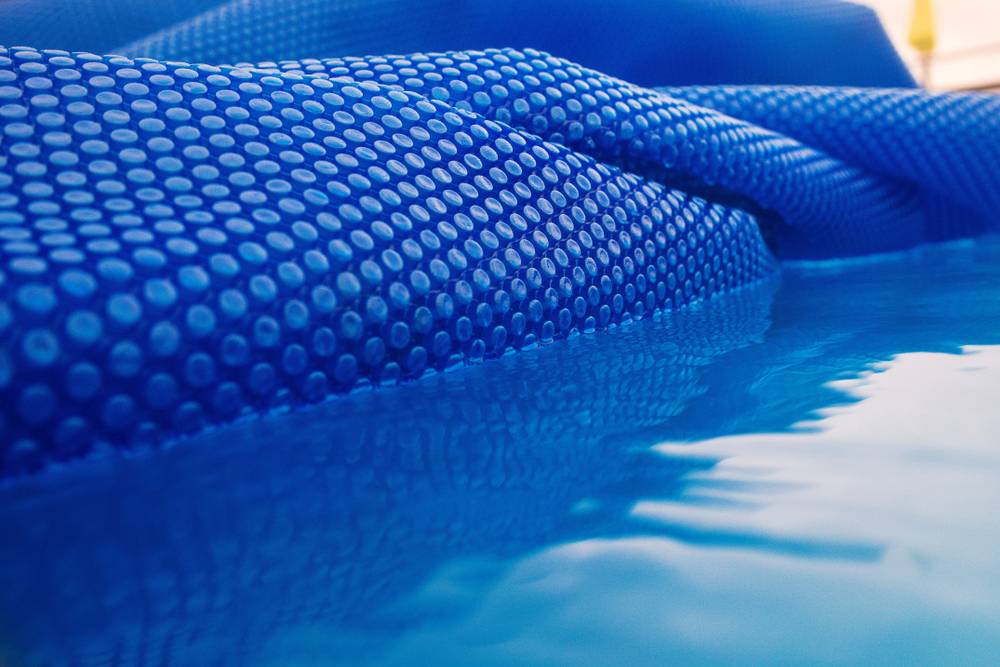Homebrewale
Silver Supporter
- Apr 21, 2020
- 1,554
- Pool Size
- 22000
- Surface
- Fiberglass
- Chlorine
- Salt Water Generator
- SWG Type
- Pentair iChlor 30
I had to dig a bit to find it.
In your digging, did you find the accuracy of the Taylor reagent tests? I seem to recall a post that listed Leslie vs Taylor accuracy limits. I don't need them. Even though I'm a retired engineer, I'm more than happy with the TFP method.


